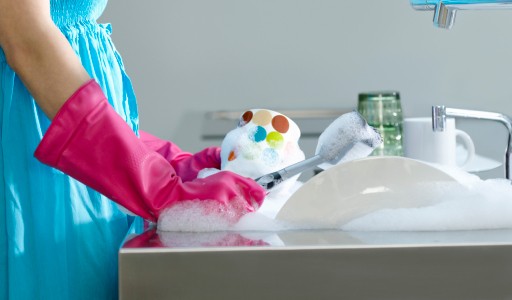For many people, the thought of going green and becoming eco-friendly seems overwhelming and costly. However, one of the easiest ways to make your home more “green” is to cut the amount of energy your home consumes. Not only will learning how to cut your energy use be beneficial for the environment, but it will also help to cut the amount of money you spend each month for energy costs. Here are 4 easy ways to start saving energy.
Kill the Energy Vampires
Energy vampires are the electronics and small appliances in your home that continue to “suck energy” when they aren’t in use. By unplugging all the small appliances and electronics in your home when they are not being used, you can save a few hundred dollars each year on energy costs. Some of the most common energy vampires include; toasters, coffee makers, cell phones, television sets, gaming equipment and computers.
Doing the Dishes
Each time you load the dishwasher you are using a lot of water as well as a lot of energy to heat the water. Whenever possible, wash dishes by hand or wait until the dishwasher is full before running it.
- When washing dishes by hand, wash several pieces and rinse them all at once, instead of leaving the water running to rinse each piece as it is washed.
- If you use the dishwasher,choose the energy-saving option and/or an air dry option to cut the amount of energy it takes for the dishwasher to heat dry the items.
Is the Attic Insulated?
Many homes, especially older homes, do not have enough insulation in the attic to keep their home at a comfortable temperature, which causes the furnace and/or the air conditioner to work harder than it should. Inspect the attic for areas where air is entering or escaping, such as around windows and in the rafters. For small places, you can use a spray foam, which expands and blocks drafts and if the rafters are bare, it is best to use a rolled insulation to fill them in.
Change the Light Bulbs
One of the easiest and least expensive ways to “go green” and save money on energy costs is to remove traditional bulbs and install LED bulbs. LED bulbs last longer than standard bulbs, so you will save money by not having to replace them as often and they use less energy.
Making the change to have a “greener” home is a process that can’t be done overnight. However, as insignificant as the small changes seem, such as changing light bulbs, each small step you take will have an impact on saving the environment as well as saving money on your home’s energy costs.
~Rene W.









